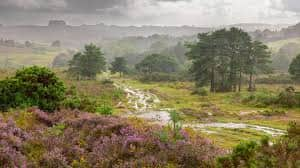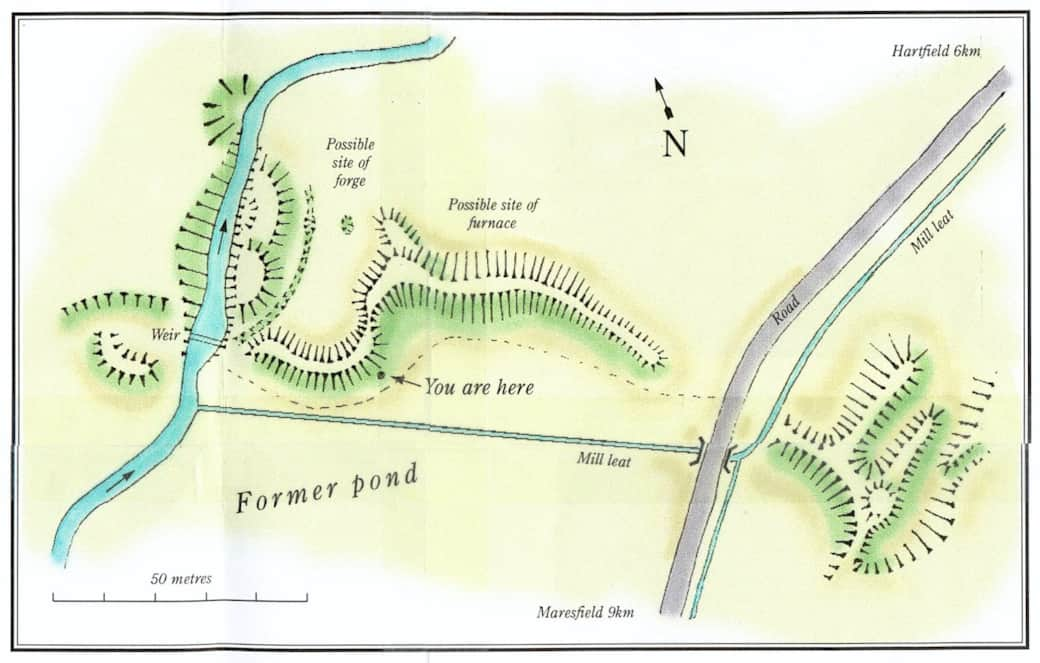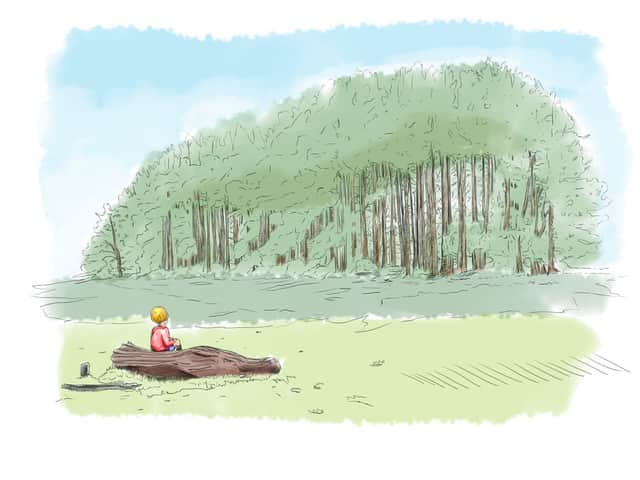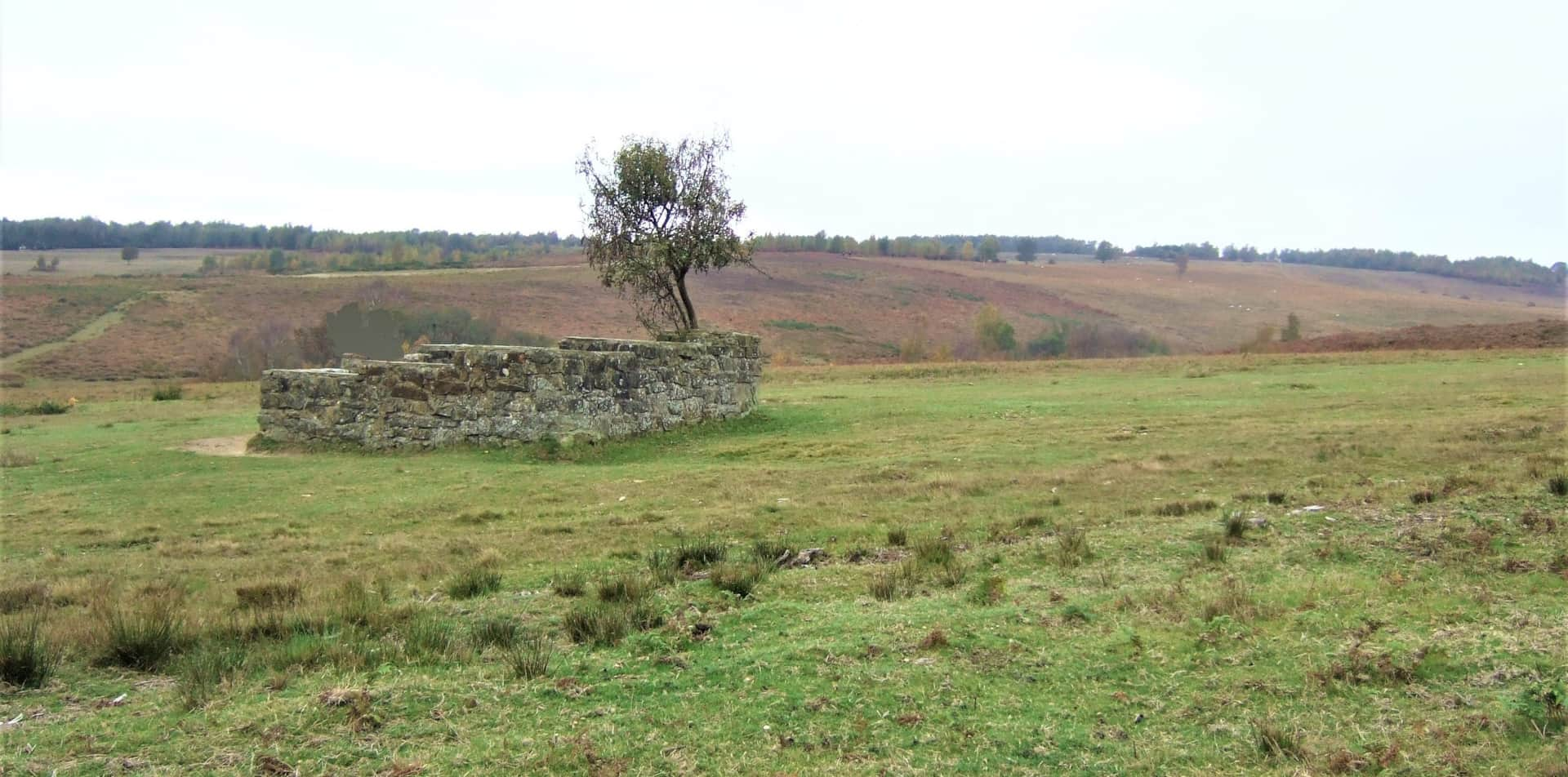History and Legends of the Ashdown Forest – Myths, Witches & Pooh Bear

The history and legends of the Ashdown Forest, have always fascinated visitors – from stories of witches at Gills Lap to royal hunts, wartime courage and the world of Winnie-the-Pooh.
Ancient Roots & Royal Hunts
Stand on the high ridges of Ashdown and you can feel history underfoot. The Forest began life as a medieval hunting reserve, later enclosed by a great earthen pale with gates and “hatches” whose names still dot our lanes today. Centuries of commoning, grazing, and controlled cutting created the open heathland that gives Ashdown its distinctive character—an Area of Outstanding Natural Beauty now carefully protected for its rare flora and birdlife.
From the time of William the Conqueror, Ashdown’s rolling hills were a prized royal hunting ground. Norman kings and their retinues chased red deer across its ridges under strict forest laws. The “Forest Pale”—a 24‑mile ditch and bank topped with stakes—encircled the reserve, and today, its entry points live on in names like Coleman’s Hatch and Shepherd’s Hatch. in 1496, England's first blast furnace was built at Newbridge, near Coleman's Hatch, marking the beginning of Britain's modern iron and steel industry.

Yet while royals hunted, commoners grazed livestock, gathered firewood, and harvested bracken—shaping a landscape that tells the story of both privilege and everyday survival. Beneath the bracken lies a thousand-year narrative waiting to be felt.
Enchantment & Folklore
Ashdown thrives between history and legend. At the fabled Gills Lap, a circle of trees immortalized as “The Enchanted Place” in Winnie‑the‑Pooh, the hush is uncanny. Folklore suggests this might once have been a gathering place for witches—or perhaps the idea comes to life here because the place feels so perfectly suited to it. Sussex, while not known for trials, holds pockets of witch‑stories: tales of women accused, forests said to hold energy, and whispers that linger in the wind. Stories of ley lines that cross near Forest Row feed the sense that the land is alive with a quiet, uncanny pulse.

War, Courage & Kindness
East Grinstead’s hospital—Queen Victoria Hospital—gained international renown in WWII when plastic surgeon Sir Archibald McIndoe began experimenting with reconstructive treatments for burned airmen. The Guinea Pig Club, formed in 1941 by his patients, became a brotherhood of bravery and recovery. The townspeople’s compassion earned it the nickname, “the town that didn’t stare.” Memorials to this legacy and artifacts remain on site, including displays at East Grinstead Museum.

On the Heath, the Airman’s Grave marks where a Wellington bomber crashed in 1941. A white cross, a memorial plaque, and layers of poppies now rest among the stones—silent testimonies to the lives lost and the town that remembers them.

Saint Hill, Scientology & Curiosity
Just beyond the Forest sits Saint Hill Manor, a Georgian country house built in 1792. Once home to the Maharaja of Jaipur, it later became the UK headquarters of Scientology when L. Ron Hubbard moved in during 1959. Since then, it has stood as a curious counterpoint to the Forest’s medieval hunts and Winnie-the-Pooh meadows.
Over the years, Saint Hill has drawn more than its share of attention—not least because of its famous visitors. Locals still whisper about John Travolta slipping quietly through town, and more than one dog walker has reported spotting Tom Cruise’s enormous coach tucked away near the Forest. Whether he was attending a gala, a course, or simply enjoying Sussex’s hush, the details remain behind closed doors—Scientologists are famously private.
Still, the thought of Hollywood royalty navigating East Grinstead’s roundabouts or vanishing into the Forest’s mist only adds to the eccentric tapestry of Ashdown. It’s one of those quirks that make this corner of Sussex feel just a little bit surreal: a place where medieval kings once hunted, Winnie-the-Pooh chased Heffalumps, and now, on occasion, an A-lister’s bus might roll discreetly by.
Forest Row, Education & Affluence
Just beyond the forest are some of Sussex’s most characterful schools. Brambletye, our children's alma mater, has been shaping children since 1919 in its grand country house setting with sweeping views over Ashdown Forest. Michael Hall in Forest Row, founded in 1925, is the oldest Steiner/Waldorf school in Britain, known for its creative, holistic approach. And nearby Worth School, set beside Worth Abbey, has grown from Benedictine roots into a respected co-educational boarding school. Together, they form part of the forest’s wider cultural fabric, weaving education into its history and landscape. Ashdown House, just recently closed, once schooled a young, tousle-haired Boris Johnson—proof that even in Ashdown Forest, future prime ministers started out ruffling more than just feathers.
Walk the Legends – A Day’s Trail
- Morning: Head to Hartfield’s Pooh Country — cross the bridge and play Poohsticks among the trees.
- Lunch: Village pub or café — pull up a seat and soak in the story.
- Afternoon: Walk the heath to the Airman’s Grave, and remember while the wind sweeps across the ridges.
- Optional: Drive by Saint Hill Manor to glimpse into hidden layers of mid-century intrigue.